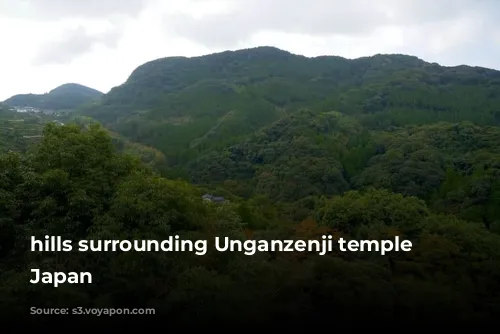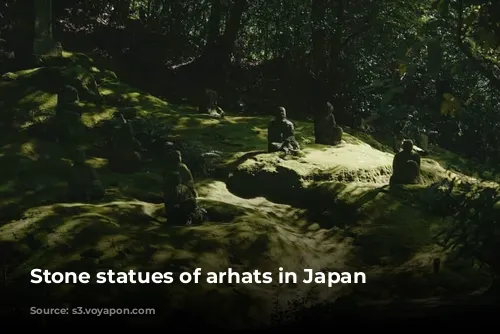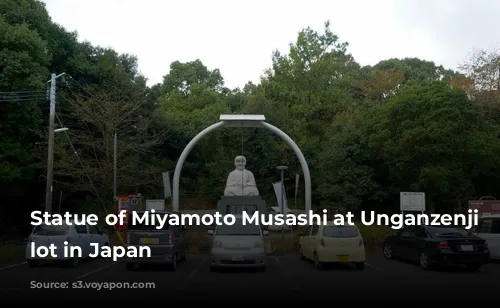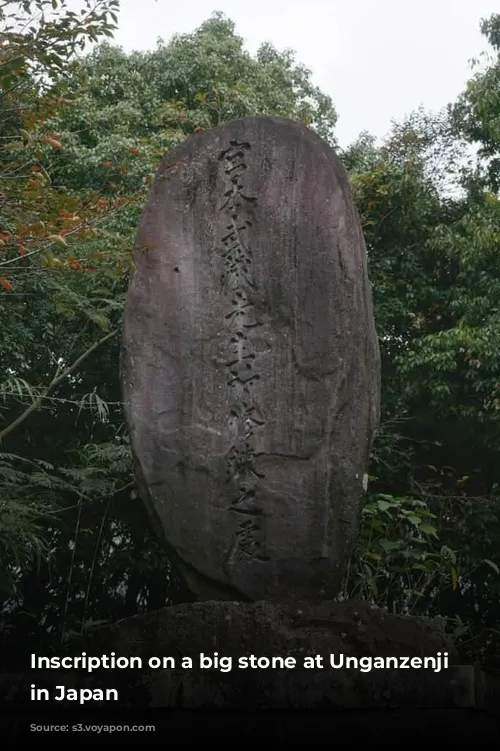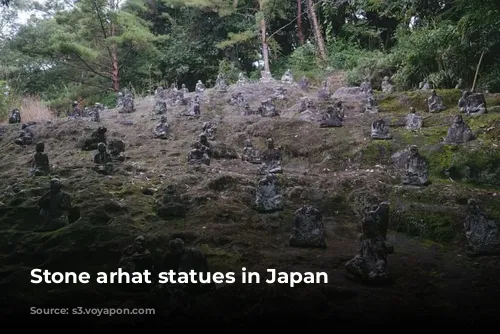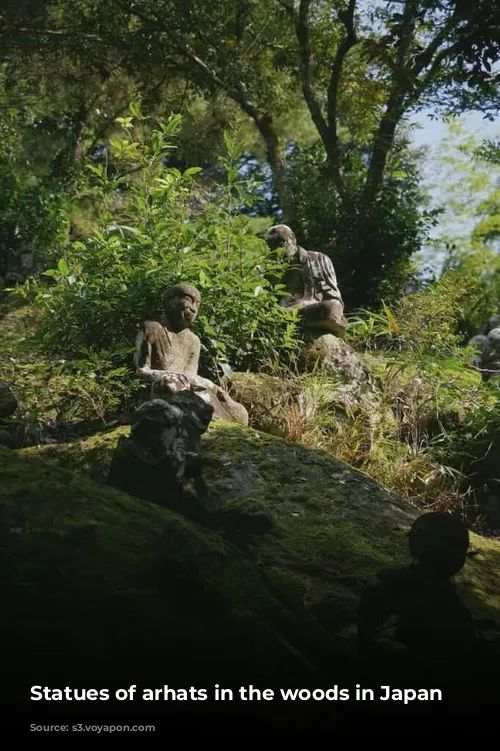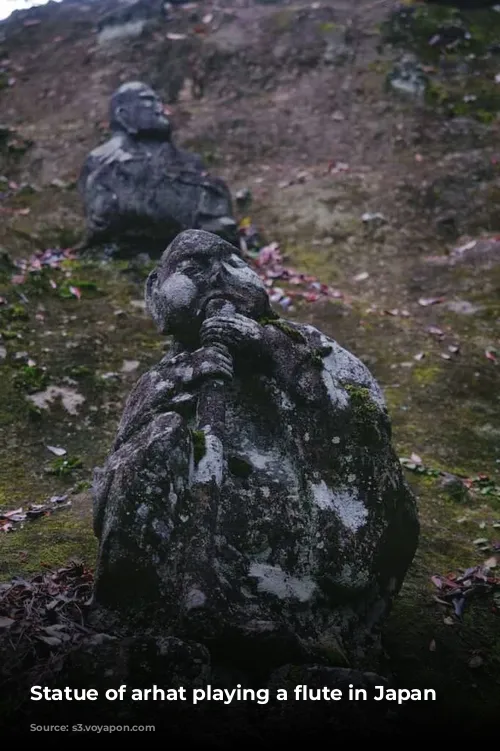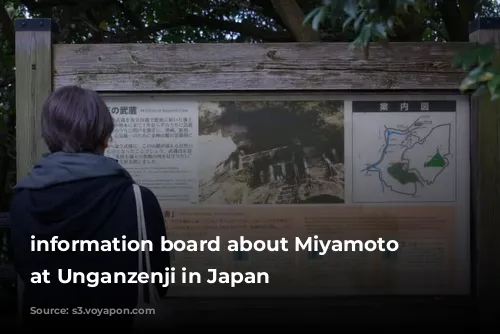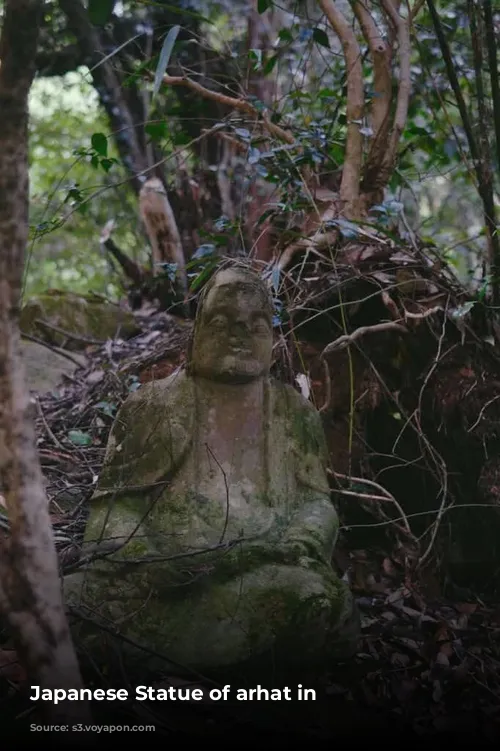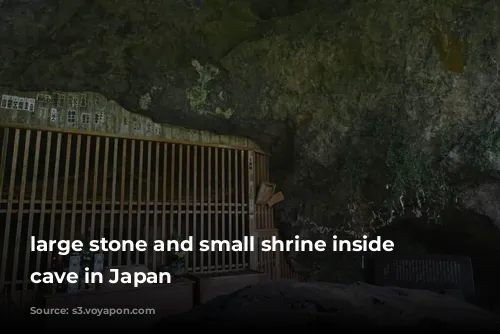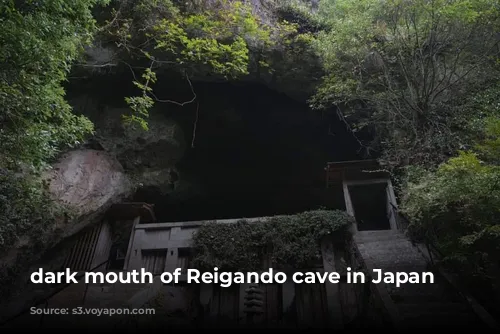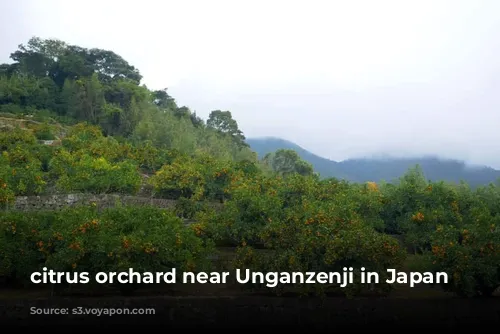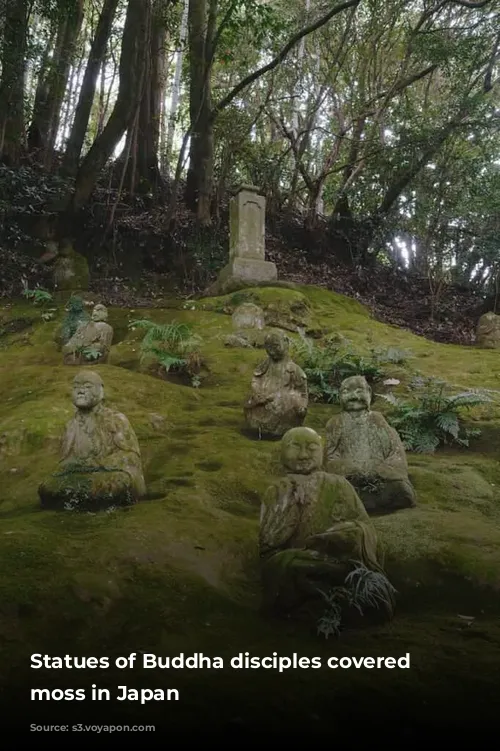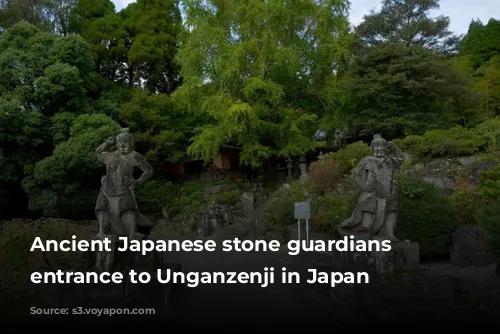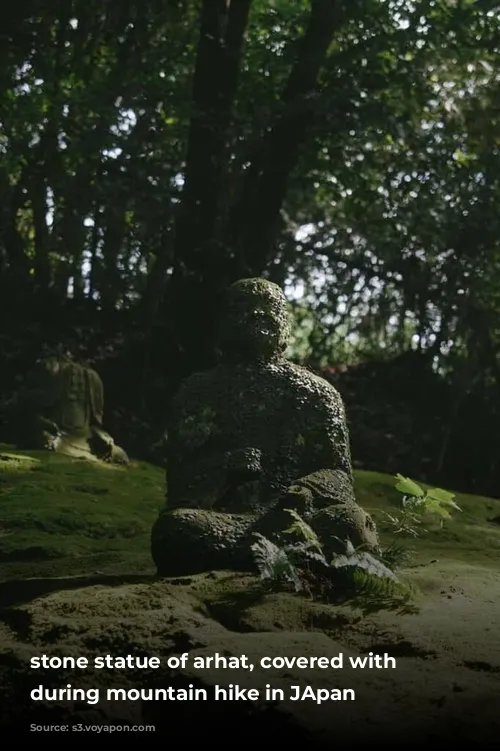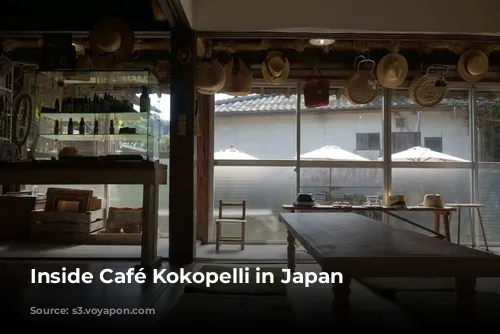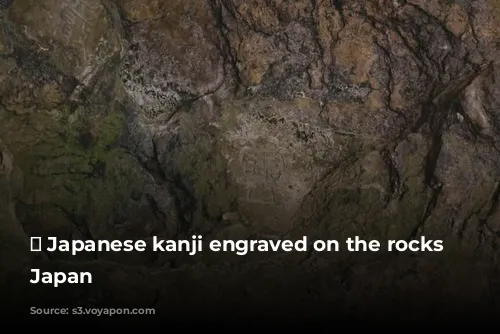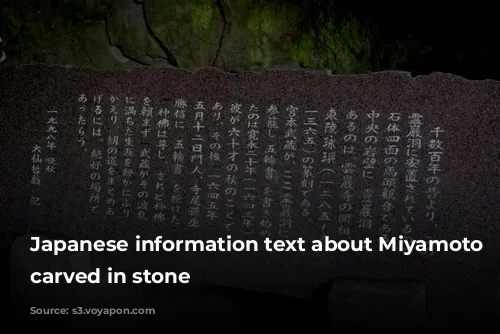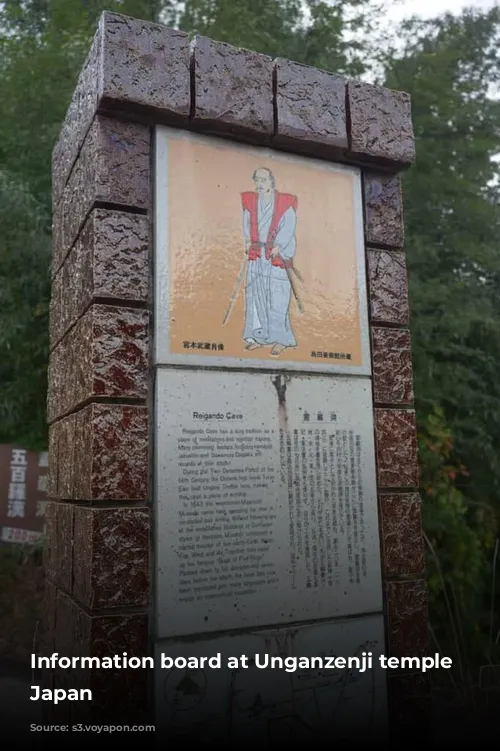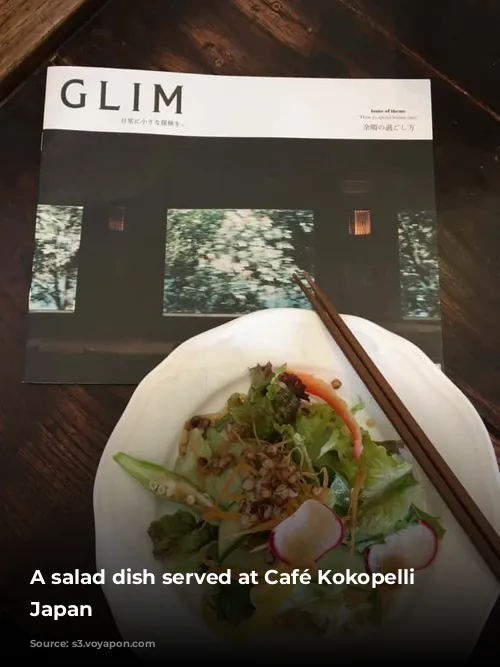Kumamoto, a city renowned for its cuddly black bear mascot Kumamon and the iconic Kumamoto Castle, holds another captivating secret: Unganzenji Temple, a serene sanctuary steeped in history and spirituality.
This temple, located just over 10 kilometers from Kumamoto’s bustling center, is a tranquil escape from the city’s clamor. A winding journey through verdant forests, fields, and citrus orchards leads you to the temple’s entrance, where a peculiar statue of Miyamoto Musashi himself stands guard, a whimsical sentinel beside a ubiquitous vending machine.
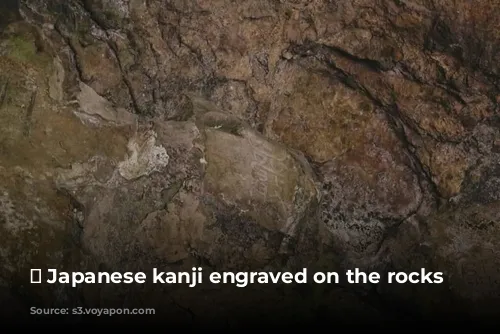
A Temple of Ancient Wisdom and Serenity
Unganzenji, also known as Iwato Kannon, is a testament to the enduring power of nature and faith. Its main building, nearly 700 years old, was built in 1351 by the Chinese-born Zen monk Toryo Eiyo. The temple houses a venerable statue of Kannon, the bodhisattva of compassion, believed to have mysteriously arrived in the cave before the temple’s founding, carried ashore by a wooden plank after a shipwreck.
This ancient site has long been revered for its mystical rock formations and its association with ascetic practices. Today, it serves as the 14th stop on Kyushu’s 33 Kannon pilgrimage and is recognized as an Important Cultural Property in Japan.
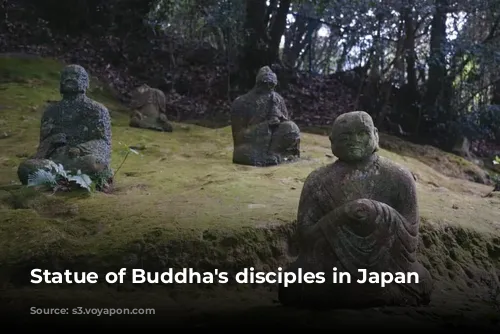
The Path of the Arhats
The temple building is merely the gateway to a truly captivating journey. A path lined with hundreds of stone statues leads you to the Reigando Cave. These statues, known as arhats, represent the disciples of Buddha who have attained nirvana. They were meticulously carved by a dedicated merchant, Fuchitaya Gihei, over 24 years, from 1779 to 1802.
Despite their age and the ravages of time, the arhats still radiate a sense of presence, their expressive faces illuminated by the dappled sunlight filtering through the trees. In the peaceful stillness of the forest, their silent gaze seems to follow you, their energy palpable even in their immobility.
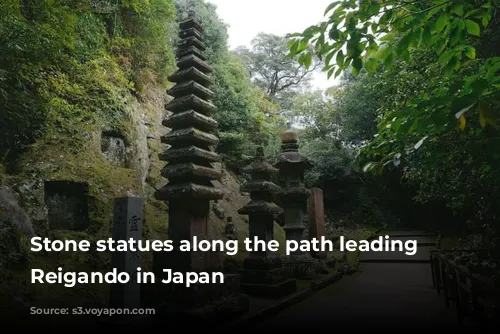
The Reigando Cave and Miyamoto Musashi’s Retreat
At the end of this arhat-laden path, you reach the Reigando Cave, a hallowed space that has been a sanctuary for meditation and spiritual practice since ancient times. Reaching the cave once required scaling rocks or using a rope ladder, but today, a modern staircase makes access more convenient.
The cave’s entrance, resembling a gaping maw amidst the rocks, invites you into a space of profound tranquility. Engraved in the ceiling are three Chinese characters – 霊 (rei), 巌 (gan), 洞 (do) – the cave’s name, unchanged since the temple’s founding.
Standing within this sacred space, it’s easy to imagine Miyamoto Musashi, Japan’s legendary swordsman, meditating within its walls. Musashi, a master swordsman, military strategist, and artist, spent his later years at Unganzenji, dedicating himself to meditation and writing, particularly his renowned work The Book of Five Rings.
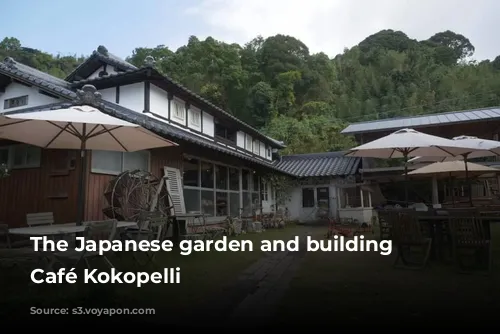
The Legacy of Miyamoto Musashi: The Book of Five Rings
Born in 1584, Miyamoto Musashi was a figure of extraordinary talent and determination. He fought in numerous duels, remaining undefeated throughout his youth. Later, he dedicated his life to perfecting his martial arts techniques, founding his own sword school, the Niten Ichiryu.
In his later years, Musashi turned his attention to philosophy, literature, painting, and calligraphy. He retired to Unganzenji, where he penned The Book of Five Rings, a timeless masterpiece of military strategy and philosophy. The book is divided into five chapters, each corresponding to an element of the universe: Earth, Water, Fire, Wind, and Void.
The Book of Earth explores the art of warfare and the role of the samurai. The Book of Water emphasizes the importance of flexibility and adaptability in battle, advocating for a fighting style as fluid as water. The Book of Fire highlights the power of even the smallest spark, emphasizing how even a seemingly insignificant action can have a profound impact in battle.
The Book of Wind delves into the different styles of swordsmanship, while the Book of Void, a philosophical epilogue, explores the concept of nothingness and the potential for freedom that lies beyond the known.
Musashi’s powerful words, such as “Examine, invent, discipline” and “Respect the Buddha and the gods, but do not depend on them”, continue to inspire generations. It is impossible to know if his time at Unganzenji inspired these words, but the temple’s serene atmosphere undoubtedly fostered his creative spirit.

A Tranquil Escape and a Culinary Surprise
Leaving Unganzenji, I found myself in a state of peaceful contemplation, hesitant to move on. The temple’s sacred energy had left a profound impact on me, and I needed a moment to absorb its magic. The serenity of the location also reminded me that it was lunchtime!
Fortunately, a charming surprise awaited me: Cafe+Antiques Kokopelli, a delightful coffee shop housed in a quaint country house, offering a unique blend of antique furnishings and delicious food. The cafe’s retro, European-inspired ambiance provided the perfect respite after my visit to the temple, and the cuisine was equally satisfying.
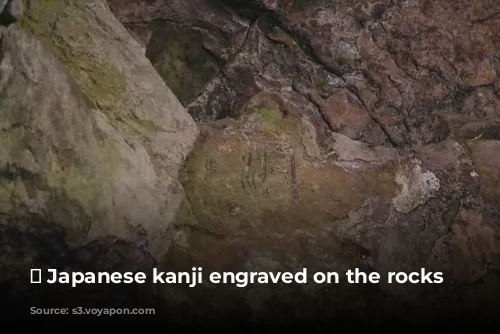
Reaching Unganzenji Temple
By public transportation: Take the Sanko Bus from the Sakuramachi Bus Terminal and get off at Iwato Kannon Iriguchi after approximately 30 minutes. The temple is a 20-minute walk from the bus stop.
By car: Renting a car is the most convenient option, as it only takes around 30 minutes to drive to Unganzenji from Kumamoto station.
The temple is open daily from 8 a.m. to 5 p.m. Admission is 300 yen for adults and 100 yen for children.
While Unganzenji might not be as famous as other temples in Japan, its serene atmosphere, rich history, and connection to the legendary Miyamoto Musashi make it a truly unique and unforgettable experience. If you find yourself in Kumamoto, don’t miss the opportunity to explore this hidden gem and delve into the spiritual heart of Japan.

